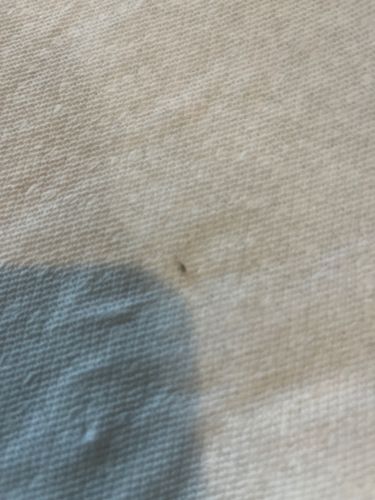Flea
Scientific Name: Ctenocephalides felis (Cat Flea) or Pulex irritans (Human Flea)
Order & Family: Siphonaptera, Pulicidae
Size: 1.5 mm - 3.2 mm (0.06 - 0.13 inches)

Natural Habitat
Fleas primarily live on warm-blooded hosts (mammals and birds). Their eggs, larvae, and pupae are often found in carpets, bedding, cracks in floors, and outside in shaded, moist areas where hosts rest.
Diet & Feeding
Adult fleas are obligate hematophagous parasites, meaning they feed exclusively on the blood of their hosts. Larvae feed on organic debris, including adult flea feces which contain undigested blood.
Behavior Patterns
Fleas are wingless insects known for their exceptional jumping ability. They are highly agile and can move quickly through fur or feathers. Their life cycle includes egg, larva, pupa, and adult stages, often completed within 2-3 weeks under ideal conditions. Adults typically remain on a host, while immature stages develop off the host.
Risks & Benefits
Potential risks include itchy bites, allergic reactions (flea allergy dermatitis), and transmission of diseases such as murine typhus and a type of tapeworm (Dipylidium caninum) to pets and sometimes humans. They are considered pests and offer no known benefits to humans or ecosystems in this context.
Identified on: 10/1/2025